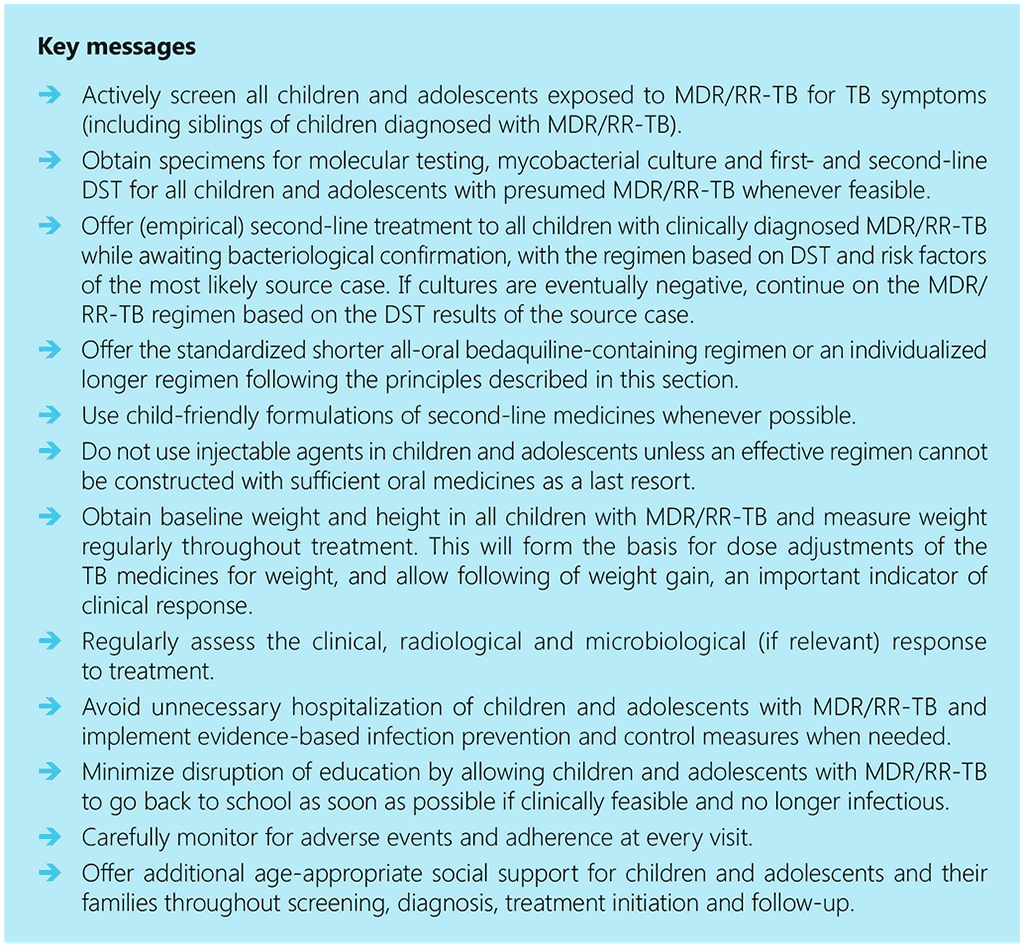5.4.2. Post-TB meningitis in children and adolescents
TBM is the most debilitating form of TB in children. It has high rates of neurological sequalae despite cure and disproportionately affects children aged under 5 years (4, 134). The pooled risk for neurological sequelae in children with TBM was approximately 50% in a systematic review of treatment outcomes, with more advanced clinical stage of disease at diagnosis (stages 2a/b and 3) associated with worse outcomes at the end of treatment (94).

 Feedback
Feedback
